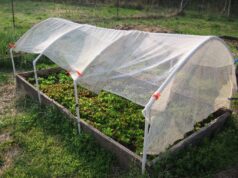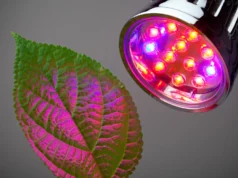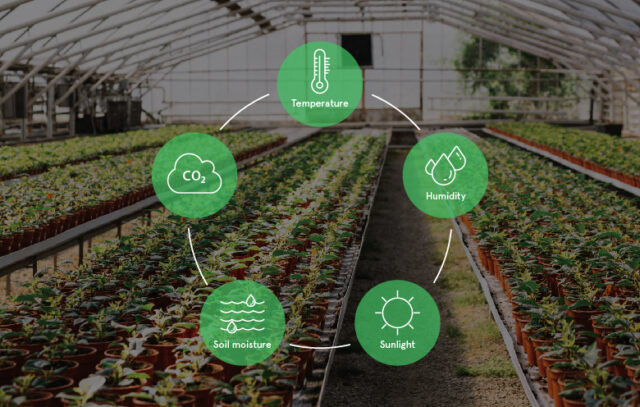
A greenhouse offers the unique advantage of creating a controlled environment for plants, allowing gardeners to cultivate a wide variety of species that might not thrive in local conditions. Climate control and environmental management are vital components in ensuring your greenhouse plants grow healthy and strong. Here’s a step-by-step guide to help you navigate these essential aspects.
Understand Your Plants’ Needs
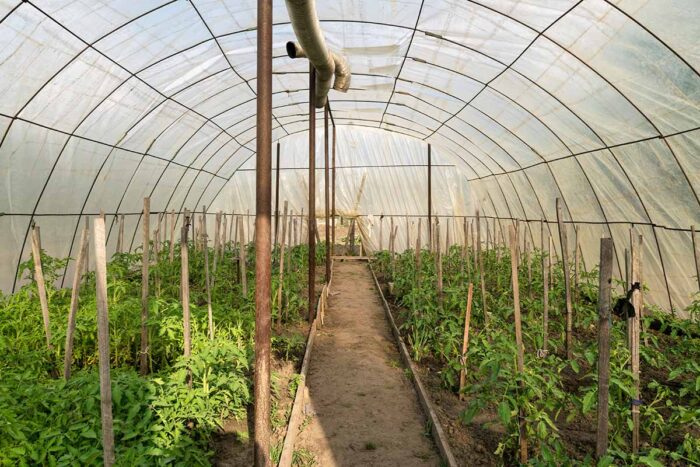
Different plants require different temperature, humidity, and light levels. Research the specific needs of the plants you’re growing to tailor the greenhouse environment accordingly.
Implement Heating Systems
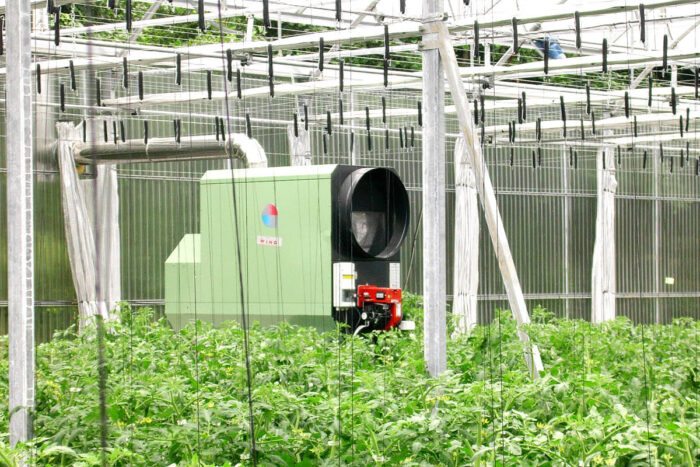
Depending on your location and the types of plants you’re growing, you may need to heat your greenhouse during the cooler months.
- Install a Heater: Choose a heater based on the size and layout of your greenhouse.
- Use Thermal Mass: Store heat by using materials like water containers or stones that absorb heat during the day and release it at night.
- Monitor Temperature: Use thermometers to ensure temperatures stay within the desired range.
Set Up Cooling and Ventilation Systems
Cooling is just as important as heating. In summer, the greenhouse can quickly become too hot.
- Use Shade Cloth: Apply shade cloth to block some of the sunlight during peak hours.
- Install Fans and Vents: Ensure proper air circulation by using fans and vents, reducing humidity and preventing diseases.
Control Humidity
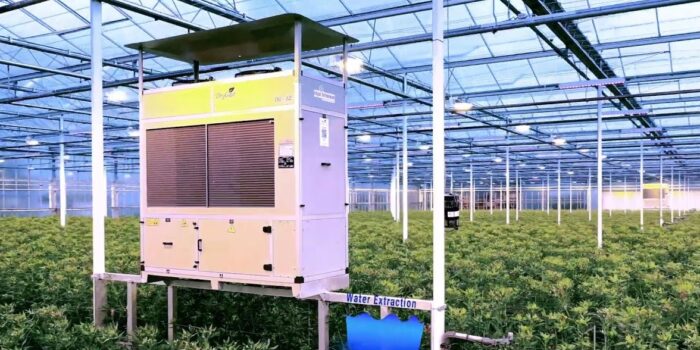
In the closed environment of a greenhouse, humidity levels can fluctuate significantly, making it imperative to manage them effectively. Humidity plays a crucial role in plant transpiration, nutrient uptake, and can influence plant health in various ways. Keeping humidity in check prevents a host of plant diseases and ensures optimal growth.
1. Use Humidifiers or Misting Systems:
- For Dry Conditions: If the greenhouse air is too dry, particularly during colder months when heating systems can dry out the air, introducing a humidifier or misting system can help raise humidity levels.
- Misting Systems: These are particularly beneficial as they not only increase humidity in a grow tent but also assist in cooling the greenhouse during hot periods. However, ensure the water used is free from pathogens to prevent diseases.
2. Ventilation for High Humidity:
- Natural Ventilation: Open windows, roof vents, and doors to allow moist air to escape and drier air to enter. The process of convection can be your ally; as warm, moist air rises, it can be vented out through higher openings, drawing in drier air from lower openings.
- Mechanical Ventilation: Fans can help circulate the air, pushing out humid air and allowing for a more consistent environment. They can be especially useful in larger greenhouses where natural airflow might not be sufficient.
Manage Lighting
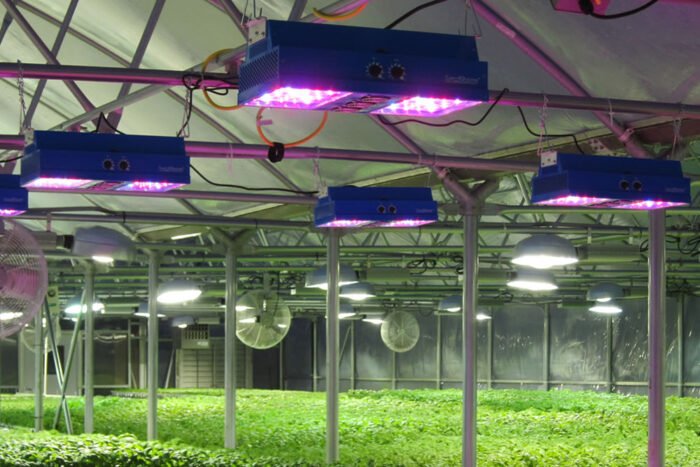
Light is a vital component for plant growth, as it drives photosynthesis, the process by which plants convert light energy into chemical energy. Managing lighting effectively in a greenhouse can be a bit more nuanced, especially during seasons when natural sunlight might not be sufficient. Here are some strategies to ensure your plants receive the right amount of light:
- Assess the Natural Light Availability: Determine how much sunlight your greenhouse receives throughout the day and during different seasons. If you’re growing plants that require high levels of light, you may need supplemental lighting during the winter months or cloudy days.
- Install Grow Lights: If natural light is insufficient, consider installing grow lights. Various types of grow lights are available, each with its own benefits:
- High-Intensity Discharge (HID) Lights: These include metal halide and high-pressure sodium lights, ideal for encouraging both vegetative growth and flowering.
- LED Grow Lights: More energy-efficient and can be tailored to produce specific light spectrums that promote different stages of plant growth.
- Fluorescent Lights: Often used for seedlings and young plants, they provide a good spectrum of light without generating too much heat.
Monitor and Adjust
Regularly monitor the temperature, humidity, and light levels, and adjust them as needed. Various automated systems can help with this.
FAQs about Environmental Management in Greenhouses
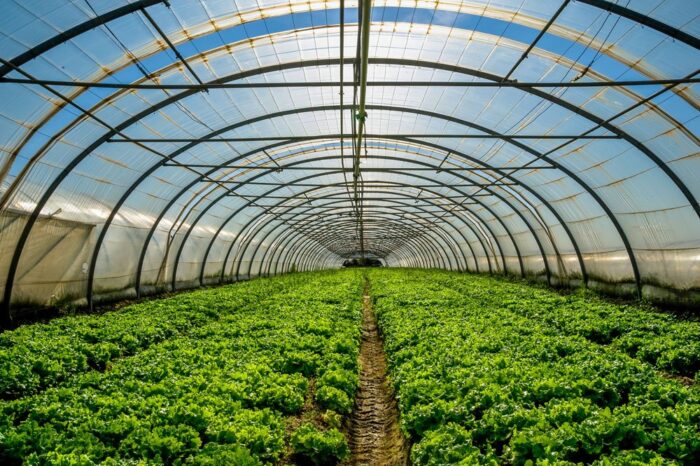
Q: Can I use a regular household heater in my greenhouse?
A: It’s best to use a heater designed specifically for greenhouses, as they are made to handle the humidity and specific needs of a plant environment.
Q: How do I know if my greenhouse is too humid or dry?
A: Hygrometers can measure humidity levels. Generally, 50% to 70% humidity is suitable for most plants, but it may vary based on specific needs.
Q: Can I use natural ventilation instead of fans?
A: Yes, natural ventilation through vents, windows, and doors can be effective. However, fans can provide more consistent airflow, especially in larger greenhouses.
Q: What type of grow lights are best for a greenhouse?
A: The best grow lights depend on your plants and budget. LED lights are energy-efficient and versatile, but fluorescent lights might be sufficient for smaller greenhouses.
Q: How do automated climate control systems work?
A: Automated systems use sensors to monitor temperature, humidity, and light, adjusting heating, cooling, and ventilation as needed. They can save time and increase precision.
Conclusion
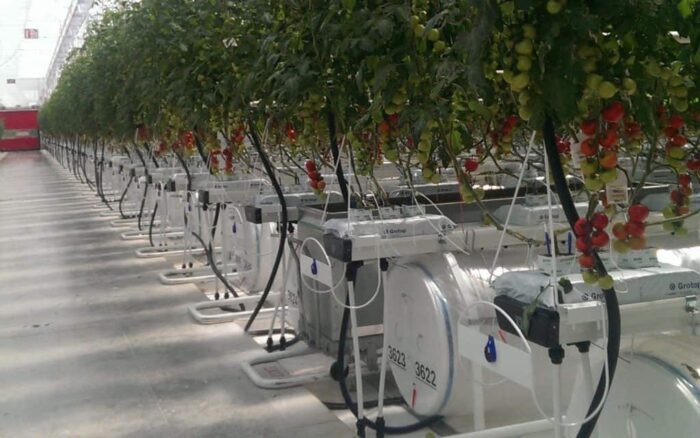
Climate control and environmental management in a greenhouse might seem complex, but with careful planning, proper equipment, and regular monitoring, it becomes an achievable task. Understanding the specific needs of your plants and creating the optimal environment for growth will lead to a thriving greenhouse garden. Whether you’re a novice or an expert, these strategies will guide you in nurturing a successful greenhouse ecosystem.



